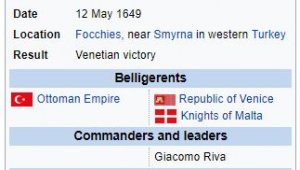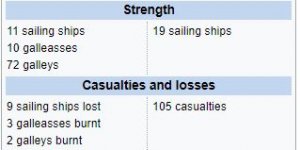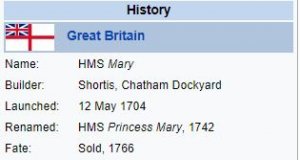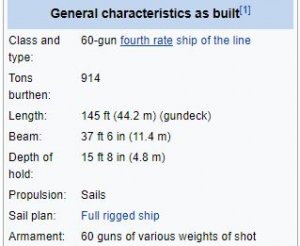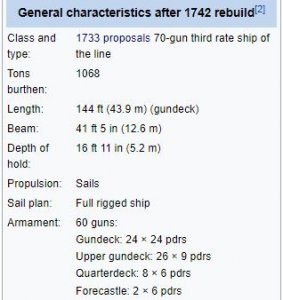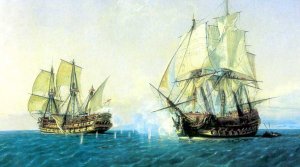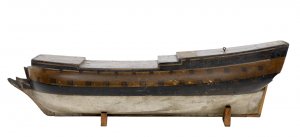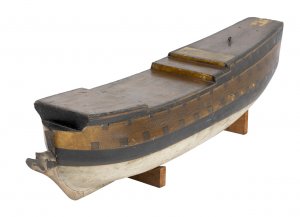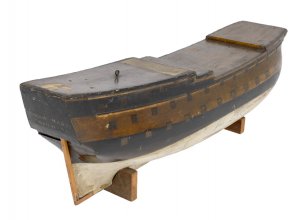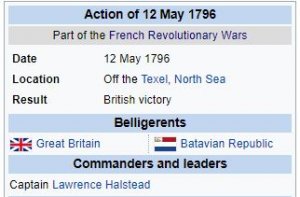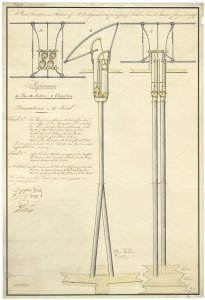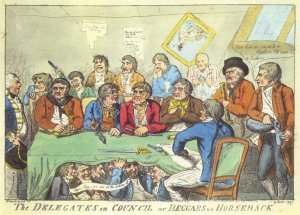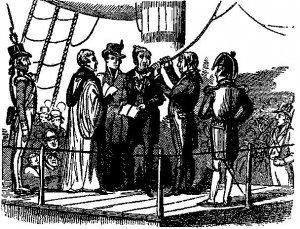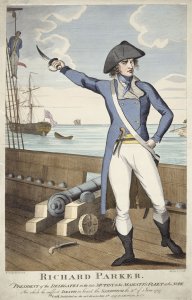Today in Naval History - Naval / Maritime Events in History
10 May 1915 - The Action of 10 May 1915 was a naval encounter between the Russian pre-dreadnought squadron and the Ottoman battlecruiser Yavuz Sultan Selim in the Black Sea
The Action of 10 May 1915 was a naval encounter between the Russian pre-dreadnought squadron and the Ottoman battlecruiser Yavuz Sultan Selimin the Black Sea. After a brief exchange of fire the Ottomans withdrew.
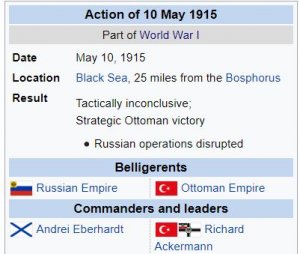
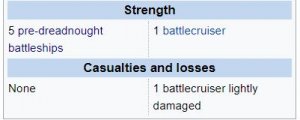
Background
On May 9, 1915, a Russian squadron attacked Ottoman shipping between Kozlu and Eregli, sinking four steamers and many sailing ships. The battlecruiser Yavuz Sultan Selim, under Captain Richard Ackermann, immediately put to sea in order to intercept the Russians. Early on the morning of May 10, a bombardment force detached from the Russian squadron in order to attack the Bosphorus forts. This consisted of the obsolete pre-dreadnoughts Tri Sviatitelia and Panteleimon, the seaplane carriers Almaz and Imperator Alexander I, as well as a screen of destroyers and minesweepers.
The Ottoman torpedo boat Numune-i Hamiyet, acting as a guard ship at the mouth of the Bosphorus, sighted the bombardment force and radioed a warning to Yavuz. Captain Ackermann promptly set his ship on a course to intercept at 26 knots (48 km/h). The torpedo boat proceeded to engage the minesweepers but was forced to withdraw under heavy fire from the battleships. The protected cruiser Pamiat Merkuria then spotted Yavuz and reported it to the fleet, giving the bombardment force time to break off before it was sighted.
Cruising 25 miles (40 km) off of the Bosphorus at 5 knots (9.3 km/h) was Russian Admiral Andrei Eberhardt's covering force, consisting of the newer pre-dreadnoughts Evstafi (the flagship), Ioann Zlatoust, and Rostislav. Ackermann was unaware of this, and ran right into the squadron.
Battle
At 07:53 hours, Eberhardt's force met Yavuz sailing along a parallel course. Ackermann believed this to be the bombardment detail, though he was confused as to why he was facing three battleships instead of two. He soon realized his mistake when Tri Sviatitelia and Panteleimon joined the Russian battle line. The Ottoman battlecruiser fired 160 11-inch (279 mm) shells in the ensuing engagement, but scored no hits and caused no damage. One near miss on Evstafi sent a cascade of water over the flying bridge, drenching Admiral Eberhardt and his staff. In return, the Russians landed one heavy caliber shell on Yavuz's forecastle, and another on her forward armoured belt. Outnumbered and outgunned, Captain Ackermann ordered his ship to disengage at 08:12. The Russians pursued the battlecruiser to the north before it doubled back and returned to Ottoman waters.
Aftermath
Though the Ottomans had been forced to retreat, the damaged they suffered was minimal and they disrupted the Russians' planned bombardment in the Bosphorus. The action also made the Russians more wary about dividing their pre-dreadnought squadron.
SMS Goeben was the second of two Moltke-class battlecruisers of the Imperial German Navy, launched in 1911 and named after the German Franco-Prussian War veteran General August Karl von Goeben. Along with her sister ship, Goeben was similar to the previous German battlecruiser design, Von der Tann, but larger, with increased armor protection and two more main guns in an additional turret. Goeben and Moltke were significantly larger and better armored than the comparable British Indefatigable class.
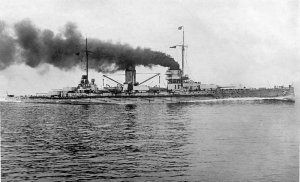
Goeben steaming at full speed
Several months after her commissioning in 1912, Goeben, with the light cruiser Breslau, formed the German Mediterranean Division and patrolled there during the Balkan Wars. After the outbreak of World War I on 28 July 1914, Goeben and Breslau bombarded French positions in North Africa and then evaded British naval forces in the Mediterranean and reached Constantinople. The two ships were transferred to the Ottoman Empire on 16 August 1914, and Goeben became the flagship of the Ottoman Navy as Yavuz Sultan Selim, usually shortened to Yavuz. By bombarding Russian facilities in the Black Sea, she brought Turkey into World War I on the German side. The ship operated primarily against Russian forces in the Black Sea during the war, including several inconclusive engagements with Russian battleships. She made a sortie into the Aegean in January 1918 that resulted in the Battle of Imbros, where Yavuz sank a pair of British monitors but was herself badly damaged by mines.
In 1936 she was officially renamed TCG Yavuz ("Ship of the Turkish Republic Yavuz"); she carried the remains of Mustafa Kemal Atatürk from Istanbul to İzmit in 1938. Yavuz remained the flagship of the Turkish Navy until she was decommissioned in 1950. She was scrapped in 1973, after the West German government declined an invitation to buy her back from Turkey. She was the last surviving ship built by the Imperial German Navy, and the longest-serving dreadnought-type ship in any navy.
 en.wikipedia.org
https://en.wikipedia.org/wiki/SMS_Goeben
en.wikipedia.org
https://en.wikipedia.org/wiki/SMS_Goeben
10 May 1915 - The Action of 10 May 1915 was a naval encounter between the Russian pre-dreadnought squadron and the Ottoman battlecruiser Yavuz Sultan Selim in the Black Sea
The Action of 10 May 1915 was a naval encounter between the Russian pre-dreadnought squadron and the Ottoman battlecruiser Yavuz Sultan Selimin the Black Sea. After a brief exchange of fire the Ottomans withdrew.


Background
On May 9, 1915, a Russian squadron attacked Ottoman shipping between Kozlu and Eregli, sinking four steamers and many sailing ships. The battlecruiser Yavuz Sultan Selim, under Captain Richard Ackermann, immediately put to sea in order to intercept the Russians. Early on the morning of May 10, a bombardment force detached from the Russian squadron in order to attack the Bosphorus forts. This consisted of the obsolete pre-dreadnoughts Tri Sviatitelia and Panteleimon, the seaplane carriers Almaz and Imperator Alexander I, as well as a screen of destroyers and minesweepers.
The Ottoman torpedo boat Numune-i Hamiyet, acting as a guard ship at the mouth of the Bosphorus, sighted the bombardment force and radioed a warning to Yavuz. Captain Ackermann promptly set his ship on a course to intercept at 26 knots (48 km/h). The torpedo boat proceeded to engage the minesweepers but was forced to withdraw under heavy fire from the battleships. The protected cruiser Pamiat Merkuria then spotted Yavuz and reported it to the fleet, giving the bombardment force time to break off before it was sighted.
Cruising 25 miles (40 km) off of the Bosphorus at 5 knots (9.3 km/h) was Russian Admiral Andrei Eberhardt's covering force, consisting of the newer pre-dreadnoughts Evstafi (the flagship), Ioann Zlatoust, and Rostislav. Ackermann was unaware of this, and ran right into the squadron.
Battle
At 07:53 hours, Eberhardt's force met Yavuz sailing along a parallel course. Ackermann believed this to be the bombardment detail, though he was confused as to why he was facing three battleships instead of two. He soon realized his mistake when Tri Sviatitelia and Panteleimon joined the Russian battle line. The Ottoman battlecruiser fired 160 11-inch (279 mm) shells in the ensuing engagement, but scored no hits and caused no damage. One near miss on Evstafi sent a cascade of water over the flying bridge, drenching Admiral Eberhardt and his staff. In return, the Russians landed one heavy caliber shell on Yavuz's forecastle, and another on her forward armoured belt. Outnumbered and outgunned, Captain Ackermann ordered his ship to disengage at 08:12. The Russians pursued the battlecruiser to the north before it doubled back and returned to Ottoman waters.
Aftermath
Though the Ottomans had been forced to retreat, the damaged they suffered was minimal and they disrupted the Russians' planned bombardment in the Bosphorus. The action also made the Russians more wary about dividing their pre-dreadnought squadron.
SMS Goeben was the second of two Moltke-class battlecruisers of the Imperial German Navy, launched in 1911 and named after the German Franco-Prussian War veteran General August Karl von Goeben. Along with her sister ship, Goeben was similar to the previous German battlecruiser design, Von der Tann, but larger, with increased armor protection and two more main guns in an additional turret. Goeben and Moltke were significantly larger and better armored than the comparable British Indefatigable class.

Goeben steaming at full speed
Several months after her commissioning in 1912, Goeben, with the light cruiser Breslau, formed the German Mediterranean Division and patrolled there during the Balkan Wars. After the outbreak of World War I on 28 July 1914, Goeben and Breslau bombarded French positions in North Africa and then evaded British naval forces in the Mediterranean and reached Constantinople. The two ships were transferred to the Ottoman Empire on 16 August 1914, and Goeben became the flagship of the Ottoman Navy as Yavuz Sultan Selim, usually shortened to Yavuz. By bombarding Russian facilities in the Black Sea, she brought Turkey into World War I on the German side. The ship operated primarily against Russian forces in the Black Sea during the war, including several inconclusive engagements with Russian battleships. She made a sortie into the Aegean in January 1918 that resulted in the Battle of Imbros, where Yavuz sank a pair of British monitors but was herself badly damaged by mines.
In 1936 she was officially renamed TCG Yavuz ("Ship of the Turkish Republic Yavuz"); she carried the remains of Mustafa Kemal Atatürk from Istanbul to İzmit in 1938. Yavuz remained the flagship of the Turkish Navy until she was decommissioned in 1950. She was scrapped in 1973, after the West German government declined an invitation to buy her back from Turkey. She was the last surviving ship built by the Imperial German Navy, and the longest-serving dreadnought-type ship in any navy.








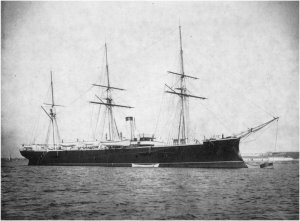


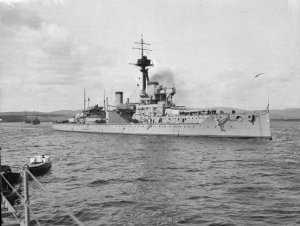
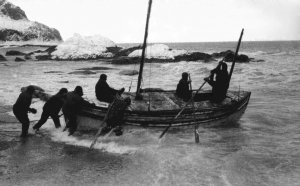
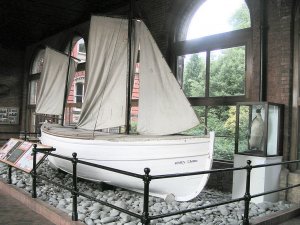


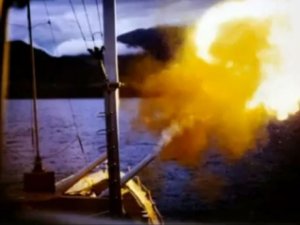

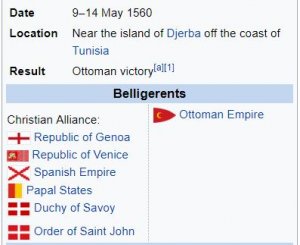
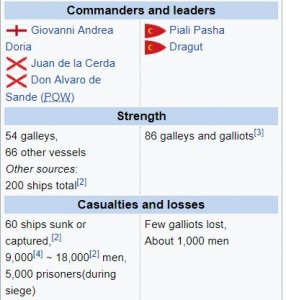
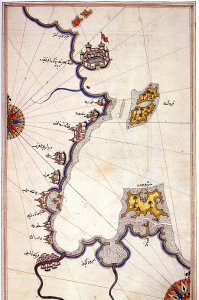
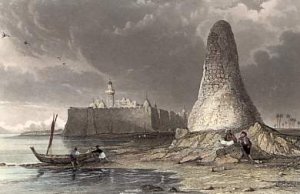
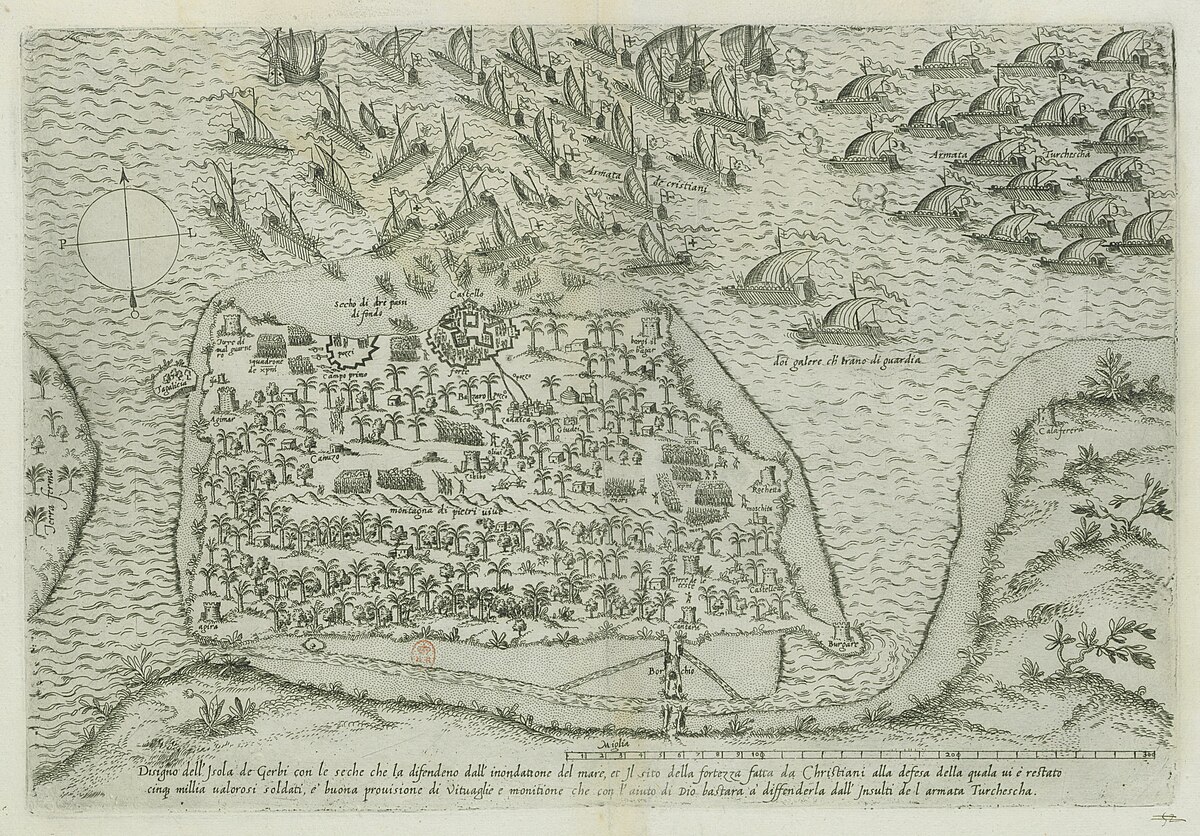

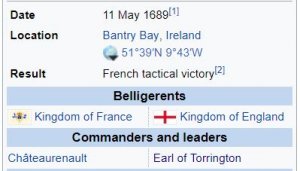
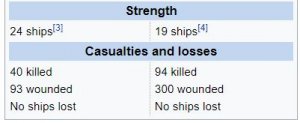
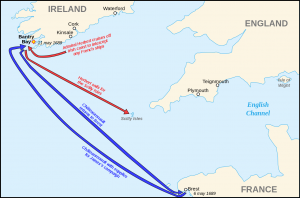
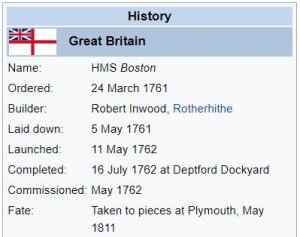
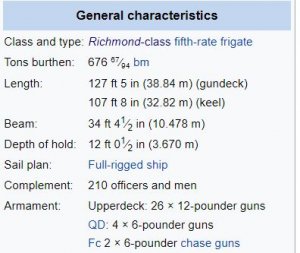
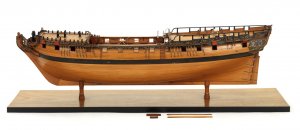
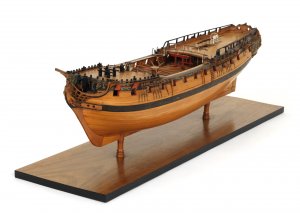
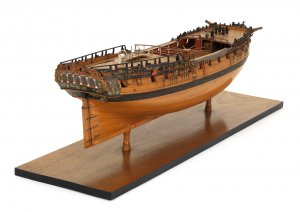
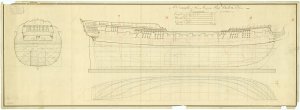
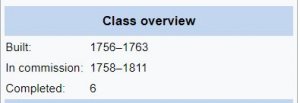
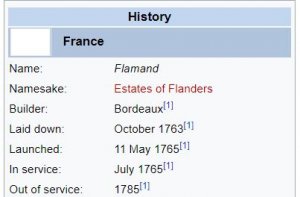
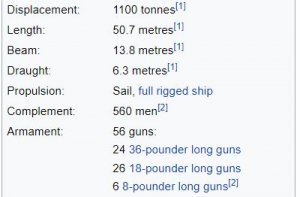


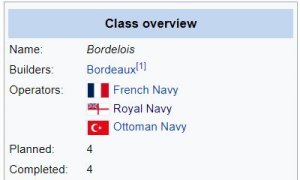


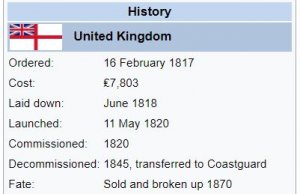
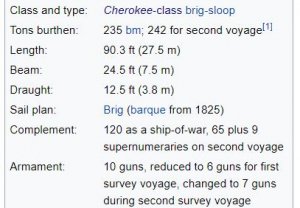
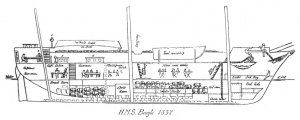


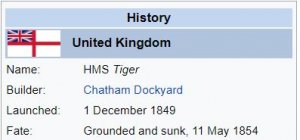
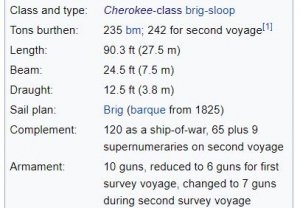
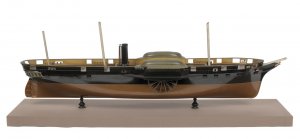
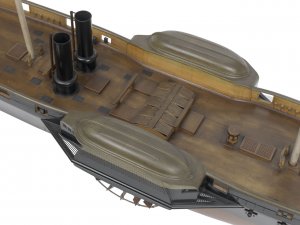
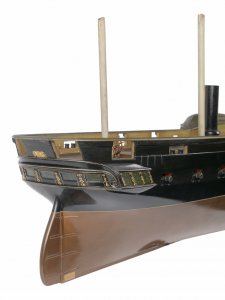
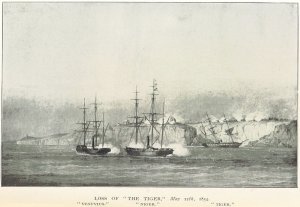
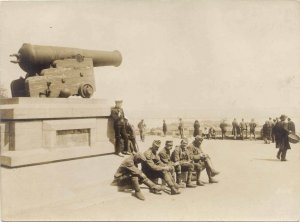

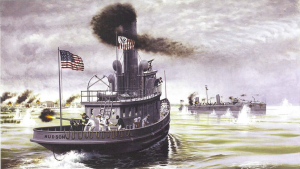
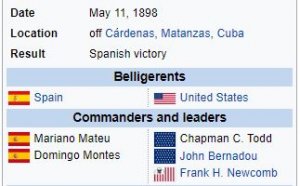
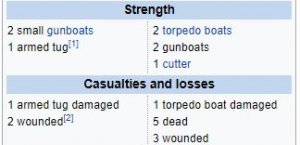
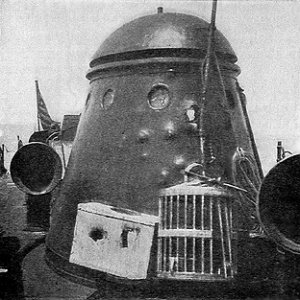
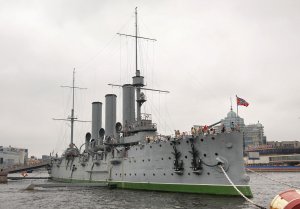
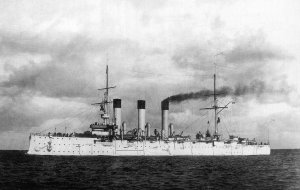

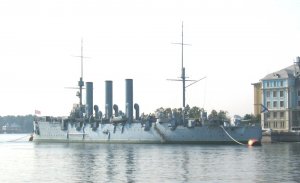
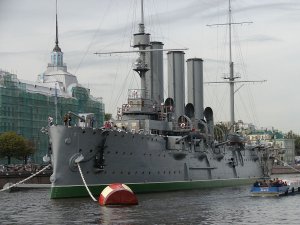
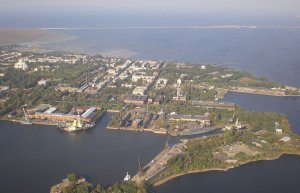

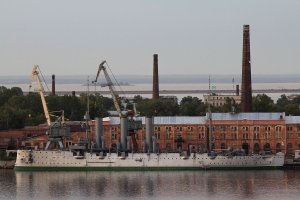


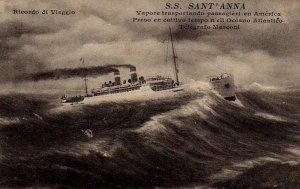
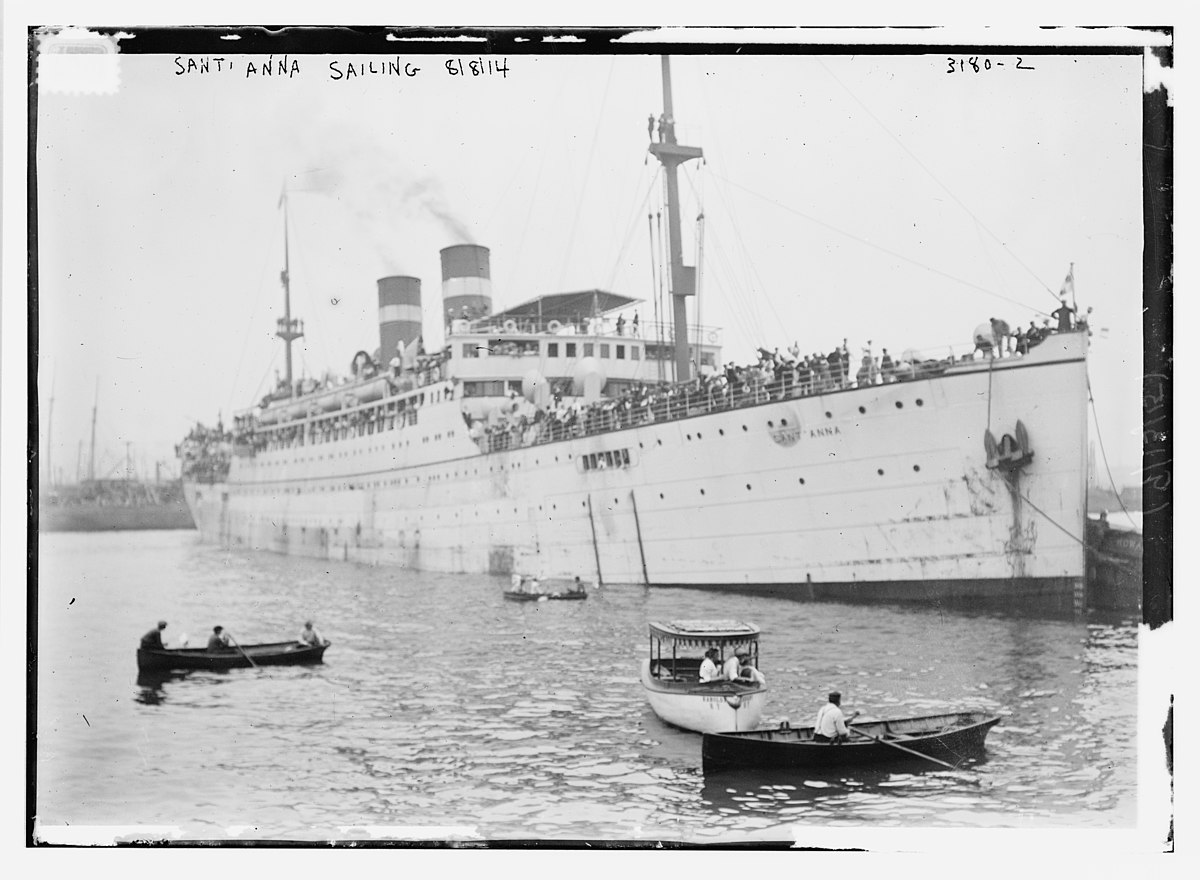
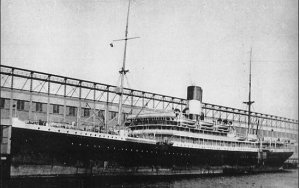

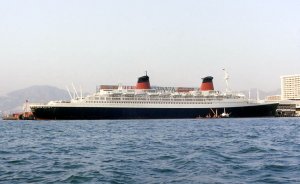
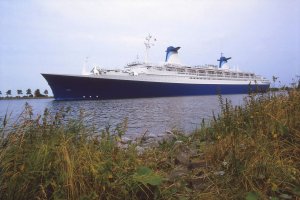
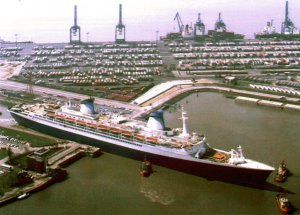
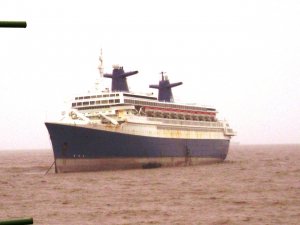


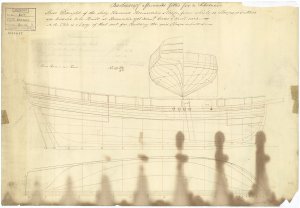
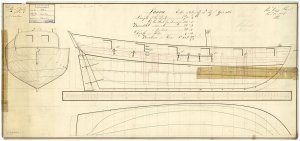
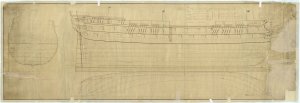



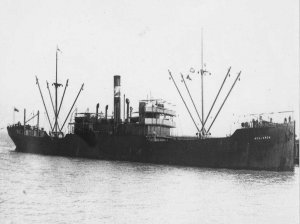
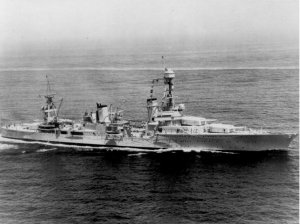
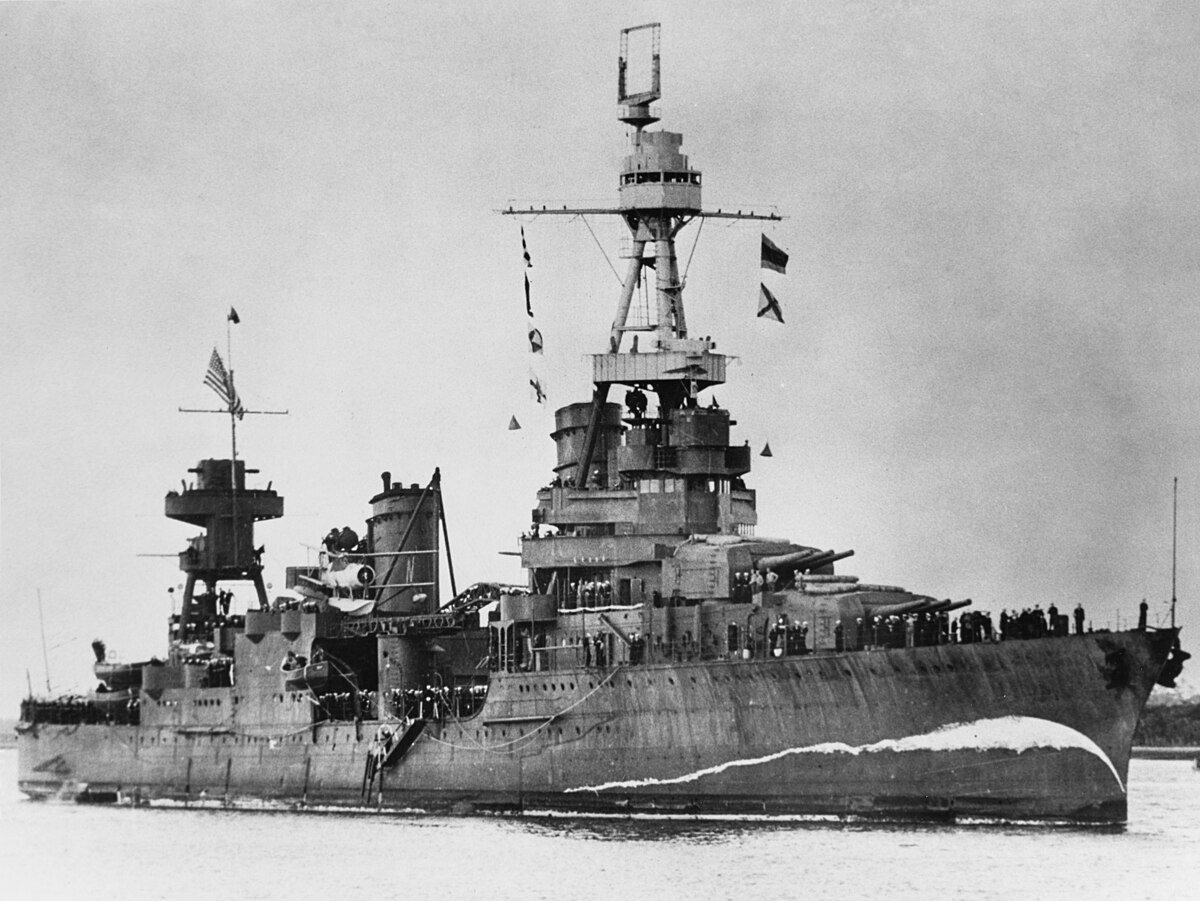
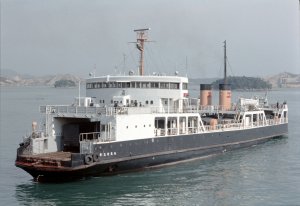

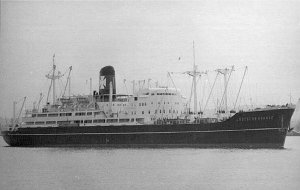
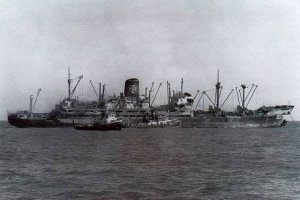
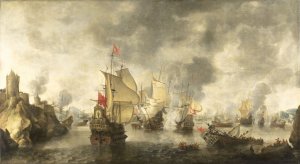
 straten, 1656
straten, 1656